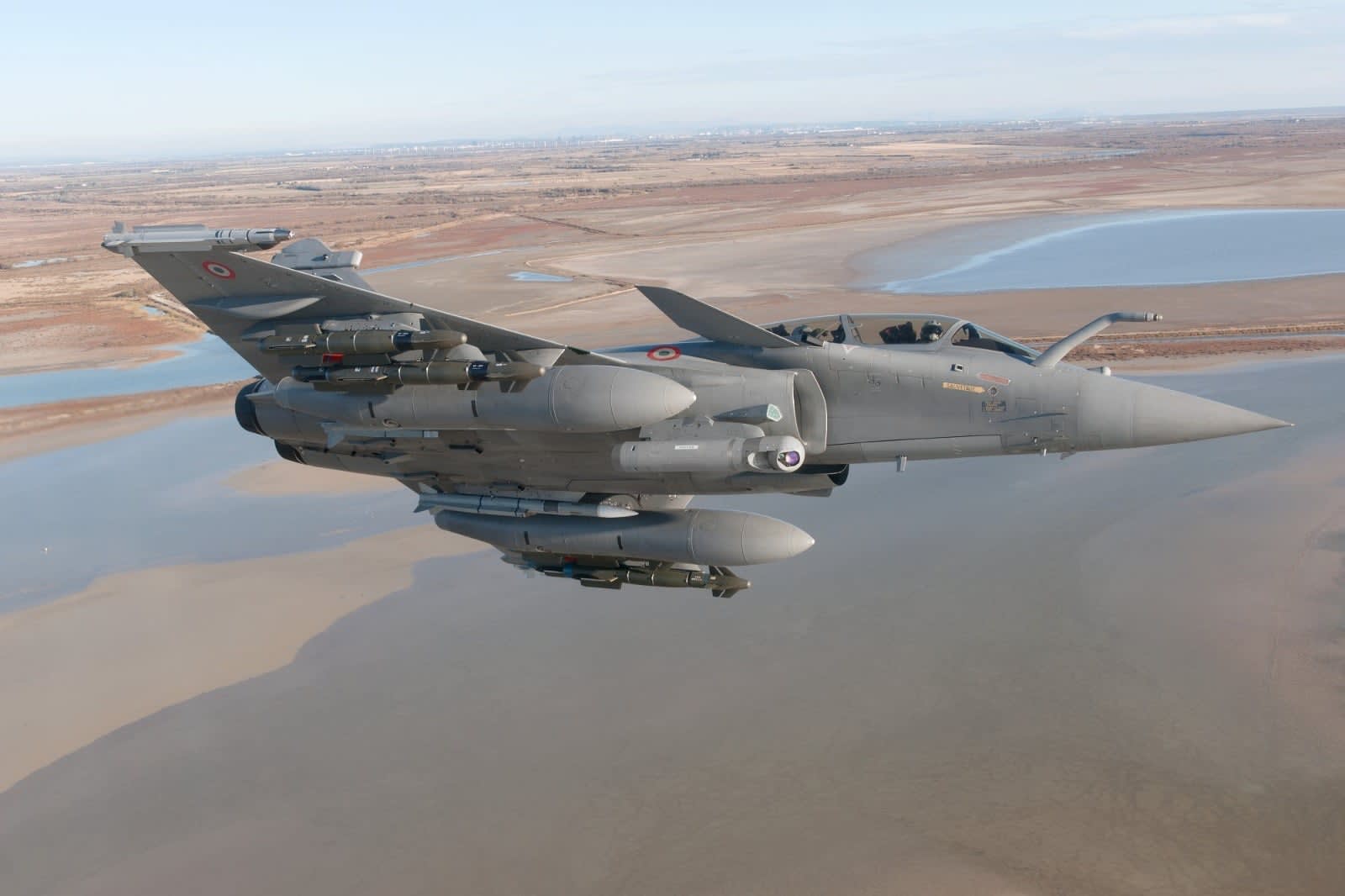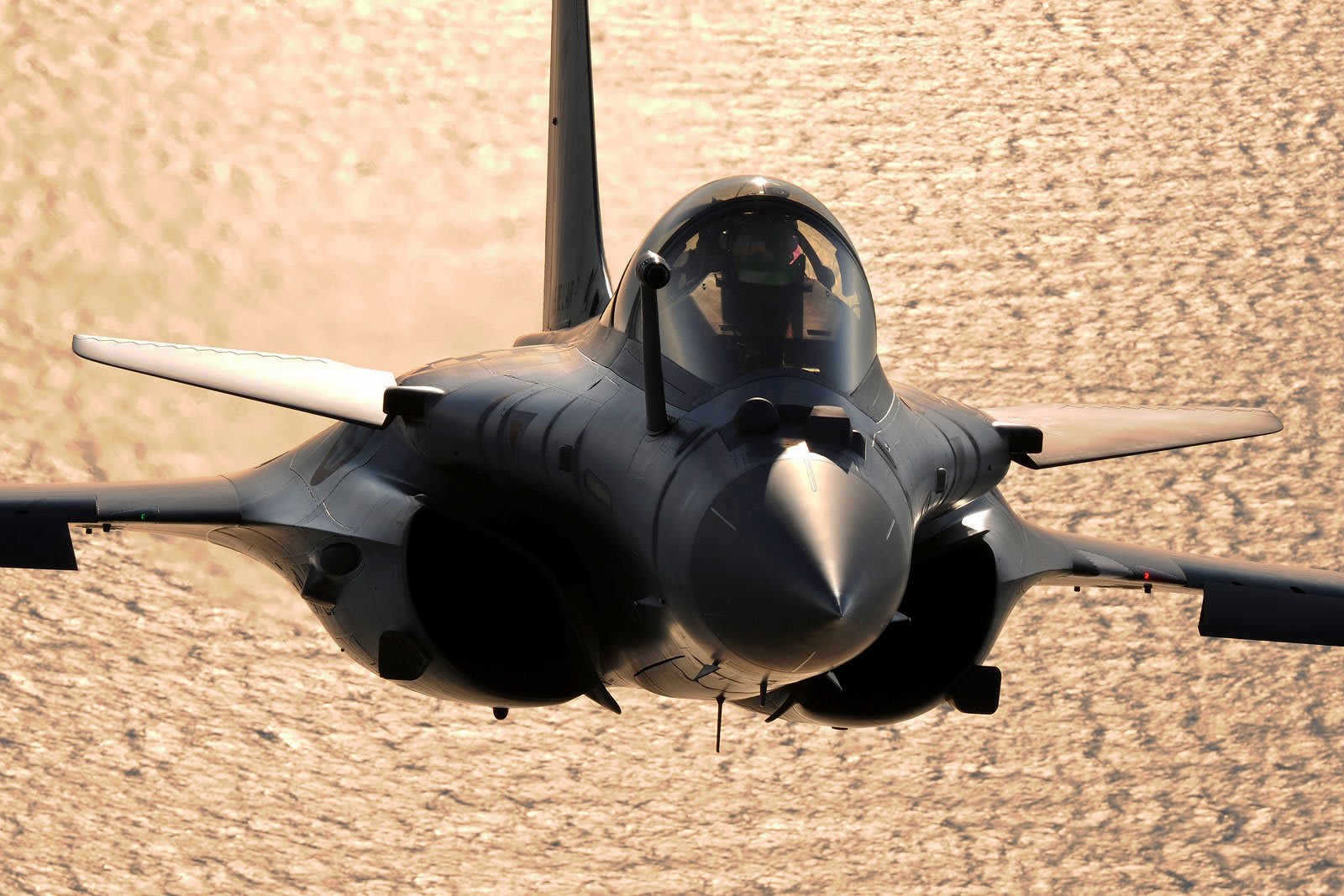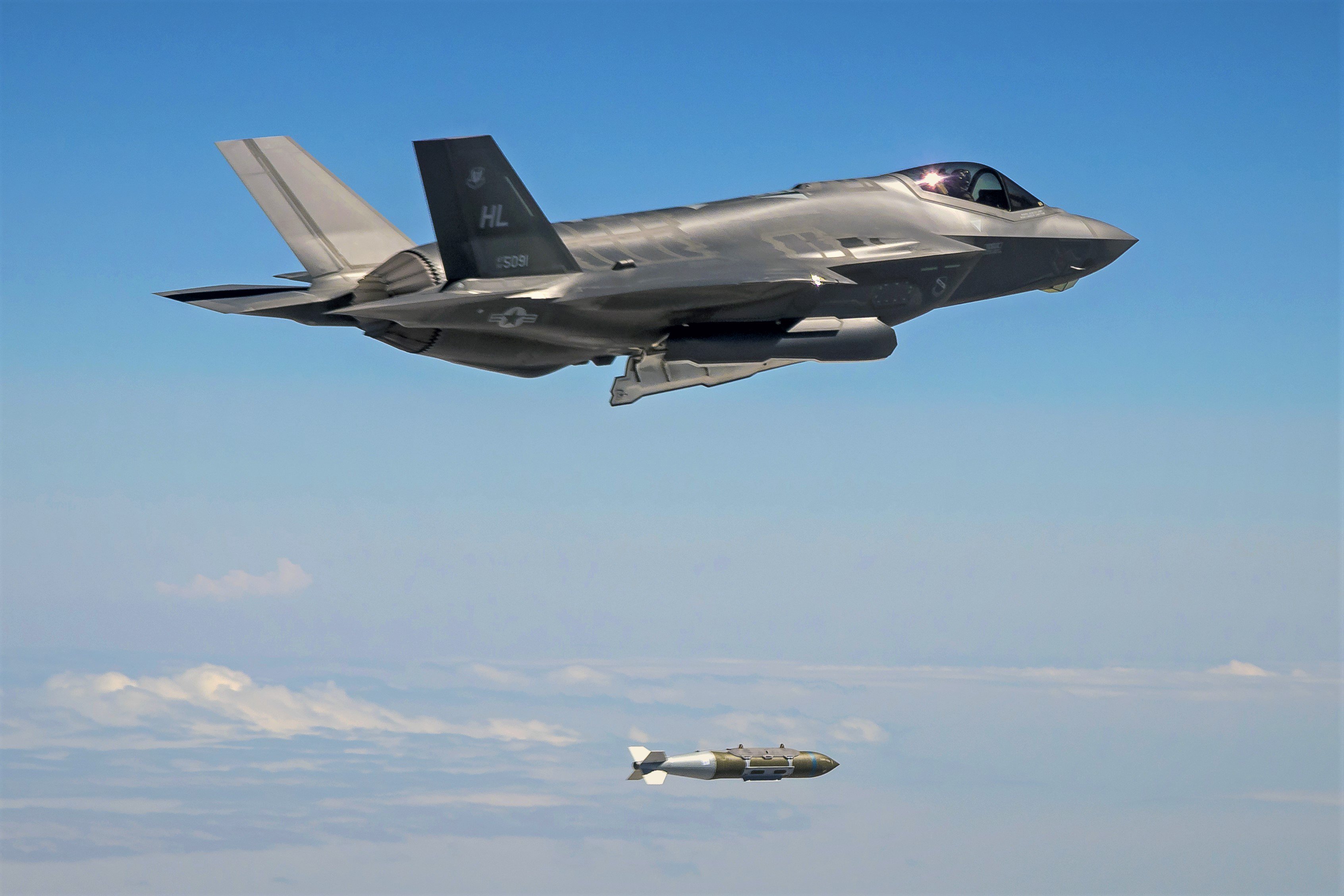The F-35 Lightning II is known to be the US’ most powerful fighter jet, while the Rafales are France’s most prized possession. With its unique avionics and stealth capabilities, the fifth-gen F-35 jet is considered one of the most advanced warplanes on the planet.
However, the F-35 Joint Strike Fighter might soon have a competitor. In January 2019, French Defence Minister Florence Parly announced that Paris had invested $2.3 billion to develop the latest variant of the Dassault Rafale twin-engine multirole fighter.
New Generation Rafale
Developed by French aerospace giant Dassault Aviation, the Rafale is a twin-jet fighter that can operate from both an aircraft carrier and a shore base.
The fully versatile Rafale can carry out all combat aviation missions: air superiority and defense, close air support, in-depth strikes, reconnaissance, anti-ship strikes, and nuclear deterrence.
According to Dassault Aviation, “the F4 standard marks a new step coming in the wake of the standards F1 (specific to the first aircraft of the French Navy), F2 (air-to-ground and air-to-air capabilities), F3, and F3R (extended versatility)”.

The F4 is expected to offer additional capabilities, such as a helmet-mounted display that will enhance the pilot’s situational awareness by providing an enhanced image of the battlefield. It will also have better radar sensors and front-sector optronics, which provide surveillance, tracking, and identification of multiple targets.
Additionally, weapons such as the MICA-NG air-to-air missile and 1,000-kg AASM Air-to-Ground Modular Weapon will provide additional strength to the aircraft’s offensive capabilities.
Apart from these, the Rafale F4’s Spectra defensive system will acquire more powerful jammers and new threat libraries, designed specifically to address potential adversaries’ developments in weaponry.
Also, Dassault is seeking to use ‘big data’ to develop a predictive maintenance system reminiscent of the F-35’s troubled ALIS system to cost-efficiently implement preventative repairs, The National Interest reported.
Rafale F4 Vs. F-35?
On paper, the Rafale has an edge in Beyond Visual Range (BVR) combat scenarios as the aircraft is already integrated with the Meteor missile as its main BVR weapon. Although the British and Italian F-35 Lightning II jets are also set to be armed with the same missile, full integration is still years away.

A recent report in the UK Defence Journal states that “the British F-35B jets will be equipped with Meteor missiles by the middle of this decade.” The information was revealed in response to a written question submitted in the House of Commons.
But by the time the first new Rafales of the F4 standard are delivered (2027 onwards), this advantage will surely be offset. However, the F4 standard will come with new and improved network-centric capabilities and the ability to exchange more data along with satellite communication ability, which may prove to be a game-changer.
The F-35 may have the advantage in stealth and will certainly be better equipped in a BVR situation, whereas Rafale may find it hard to detect the F-35 due to its very low Radar Cross Section.
Despite the F-35’s stealth advantage, the Rafale can prove to be more than a match in within-visual-range (WVR) combat due to its better thrust-to-weight ratio and maneuverability, which will give it a distinct advantage in WVR dogfights.

Simulations and theories aside, only a real-life combat exchange can establish if the Rafale F4 will be able to hold its own against the F-35 or whether the F-35 will be overpowered by the Rafale in a one-on-one situation.
Su-75 CheckMate: Russia’s Radical Shift In Fighter Jet Design Thanks To Lockheed’s F-35 & Boeing’s X-32 Aircraft?
Despite all the hype around the F-35, Rafale will still have its fair share of admirers. It has proved its mettle in Afghanistan, Mali, Iraq, Libya, and Syria. The pedigreed Rafale in its F4 avatar could trump the F-35 in many aspects.
Export Potential Of F4 Jets
Dassault Aviation has sold its Rafale jets to Egypt, Qatar, and India, among other countries. The French company is reported to have even offered the F4 version to India, where the demand for the new-generation aircraft remains high.
In fact, during his visit to France in April, the Indian Air Force chief R.K.S. Bhadauria was believed to have been briefed about the F4 standard.
Dassault will complete all 36 aircraft deliveries to India by the end of 2021, following which Dassault could bag another deal for Rafale jets from the South Asian country. Experts say this could include the F4 standard.
According to analysts, the 36 Rafales will not be enough to address India’s fighter fleet shortfall, and the country will need more combat aircraft.
There is another possibility that India might consider phasing out the existing Mirage 2000s with the new Rafale F4 variant. At present, around 110 Mirage 2000s are reportedly in service. Older Rafales will also eventually be updated to the F4 standard, Le Figaro, a French periodical reported.
— Co-Authored by Rohan Ramesh & Kashish Tandon




